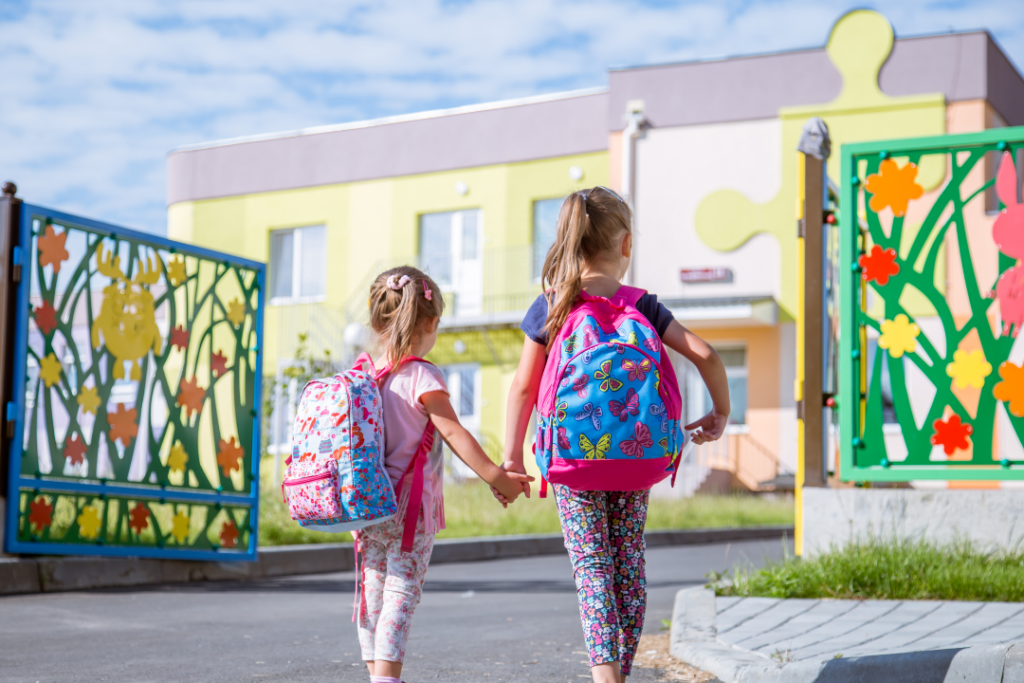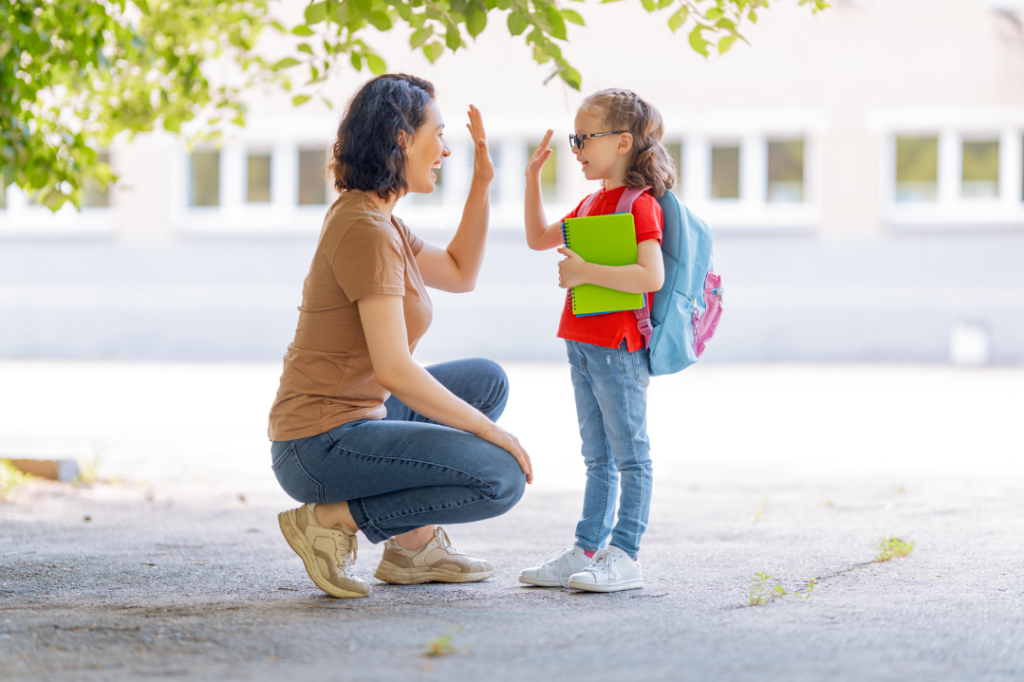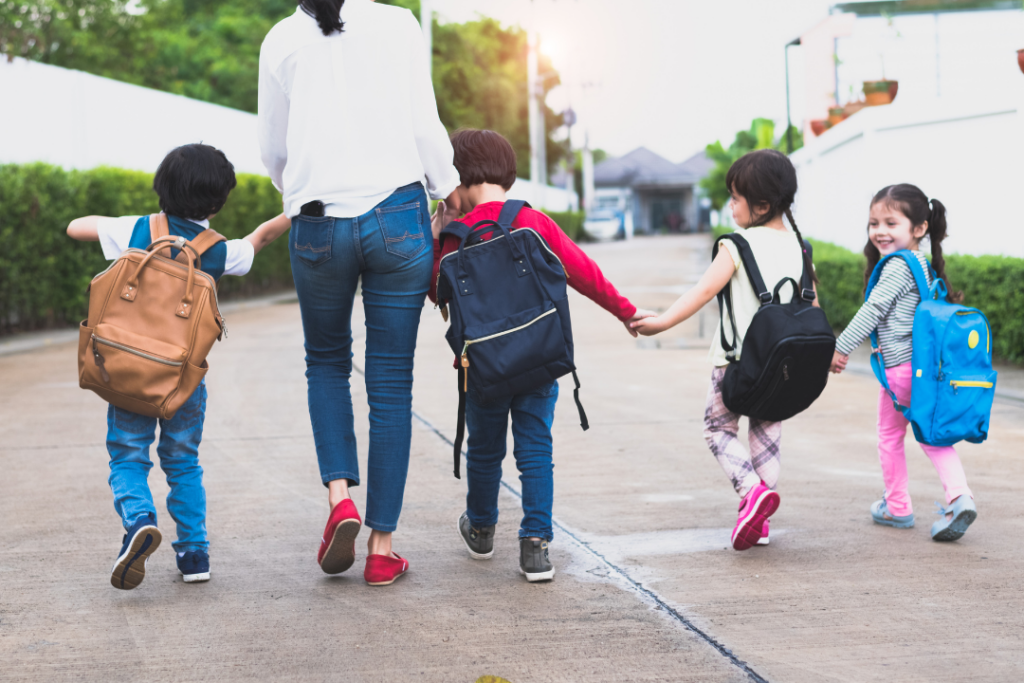Author: Kim Berry, Paediatric Occupational Therapist & Clinical Manager
5 min read
As a paediatric occupational therapist, one of my primary goals is to help children develop the skills they need to thrive in school and beyond. School readiness goes beyond academic knowledge; it involves nurturing a child’s confidence and independence, which are critical for their overall development and success.

Why Confidence and Independence Matter
Confidence and independence are the building blocks of a child’s ability to navigate the world. When a child feels confident, they’re more likely to take on new challenges, interact positively with peers and teachers, and develop a love for learning. Independence allows children to take responsibility for their tasks, make decisions, and solve problems—skills that are vital for school and life.
Key Strategies for Building Confidence and Independence
1. Encourage Problem-Solving Skills
- Allow Independent Problem Solving: Give children opportunities to solve problems on their own. Whether it’s figuring out how to open a snack or resolving a conflict, letting them try first builds their confidence in their abilities.
- Collaborate on Problem-Solving: Work with your child on the first steps of a task but let them complete the final part independently. For example, help them put on their shoes but let them fasten the Velcro straps. This lets them experience pride in their accomplishment, preparing them for independence in a classroom setting.
2. Promote Self-Help Skills
- Daily Routines for Independence: Routines like dressing, feeding, and hygiene provide perfect opportunities for children to practice independence. Start with small tasks and gradually increase complexity as they master each one. Celebrate their efforts to reinforce the importance of trying.
- Create a Visual Schedule: Use visual aids to help your child follow daily routines. A chart showing steps for tasks like brushing teeth or packing a lunch helps them develop a sense of routine and independence, making it easier to manage tasks on their own.
3. Create a Supportive Environment
- Set Up for Success: A child’s environment plays a big role in their confidence and independence. Make sure they have accessible tools and resources to complete tasks on their own. In a classroom, this could mean having visual schedules or organizing materials within easy reach.
- Encourage Personal Ownership: Designate spaces or materials for your child, like a personal cubby for their school supplies. Managing their own space fosters responsibility and boosts their self-confidence.

4. Use Positive Reinforcement
- Encourage and Praise Efforts: Positive reinforcement builds confidence. Praise specific actions, such as “I love how you kept trying until you zipped up your jacket!” This boosts self-esteem and encourages independence.
- Celebrate Successes: At the end of the day, highlight moments where your child demonstrated independence. For example, “I really liked how you asked Sarah to play at preschool today.” This reflection helps them recognize their growth.
5. Foster Decision-Making
- Involve Your Child in Decisions: Give children small choices, like picking out their clothes or choosing a book. This helps them feel in control and teaches them to weigh options and make decisions.
- Encourage Problem-Solving Choices: Offer opportunities for decision-making when solving problems. For example, ask how they want to organize their play area. This practice builds decision-making skills and reinforces confidence.
6. Model Confidence and Independence
- Be a Role Model: Children learn by watching. Model confidence in your actions and show them how you handle challenges. When they see you approach problems positively, they’ll likely mirror that behavior.
- Share Your Thought Process: Explain your decision-making steps to your child. For example, if you’re choosing a recipe, explain your thought process. This shows them how to approach decisions with confidence.
Practical Tips for Parents
Celebrate Effort: Focus on your child’s effort rather than just the outcome. This teaches them that trying is valuable, and failure is part of learning., knowing that your connection remains their anchor even when you’re apart.
Be Patient: Building confidence and independence takes time. Allow children to learn at their own pace and resist the urge to step in too quickly.
Offer Guidance, Not Solutions: When your child faces a challenge, guide them with questions rather than giving them the answer. This encourages critical thinking.
Building confidence and independence in children is an ongoing process that requires patience, support, and encouragement. As a pediatric occupational therapist, I see firsthand how these skills contribute to a child’s school readiness and overall development. By nurturing these traits early, we help children enter school with the tools they need to succeed, both academically and socially.
If you feel like your child is struggling with confidence and independence, or you are concerned about your child starting school next year, talk to an occupational therapist for further guidance. Contact MoveAbout today. Check out our Facebook and Instagram pages for more education regarding sensory processing and regulation.




